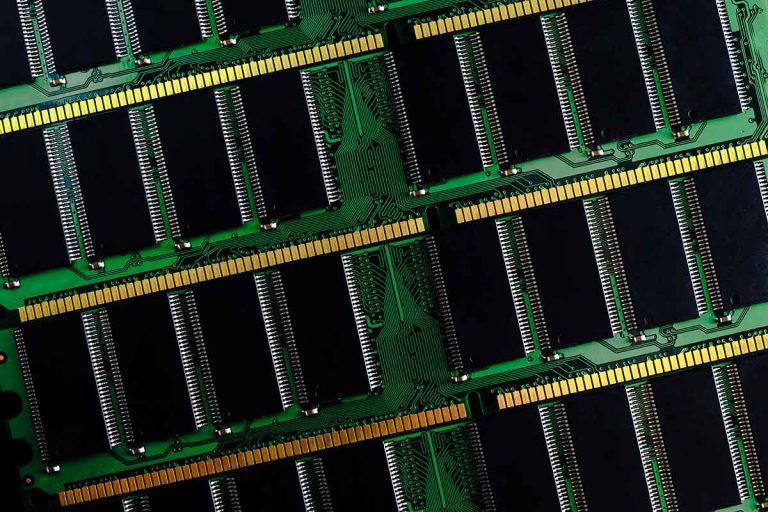We have seen the usage of RAM and ROM in our computers and smartphones for quite some time now. Just when we think we need a new technology to replace these memory technologies, we are blessed with a new one.
ROM (Read-only-memory) is a common storage medium that is used with computers and other electronic devices. Just as the name indicates, data stored in the ROM is only for reading operations. It is either modified with extreme difficulty or not at all. ROM is most generally used for firmware updates.
RAM (Random access memory) is the memory storage in a computer that is used to store the running programs and data. Data in the RAM can be read and written quickly in any order.
These are all we ever need up until now. But things are about to change as the new third type of computer memory is on the stage. This new memory is capable of doing everything on its own. This new memory is the work of scientists from Shanghai’s Fudan University. They have recently published their study about this all new technology in the journal Nature Nanotechnology.
But, why do we even need a third memory?
Because neither RAM nor ROM is perfect on their own. RAM provides incredibly fast read speeds which help for the smooth play of the games, videos and other things we do. But, the minute you shut down your computer or mobile, all the data is erased, completely gone into oblivion. All the unsaved documents that are not saved in RAM are gone. As long as you have not saved the doc, the edits are stored in RAM and if the application crashes or if the power goes down, the changes made in the document is lost.
The problem with the ROM is, even though the data is permanent, the read and write speeds are incredibly slow. ROMs are typically our hard drives or solid state drives(SSD) the speeds of these are thousands of times slower compared to what RAM offers.
What good about this new memory?
The Chinese researchers say that their all-new type of computer memory is not only the best of both worlds but an improvement on the pair: It lets you decide how long you want the memory to hold data. It is based on a semi-floating gate transistor.
This two-dimensional semi-floating gate memory demonstrates 156 times longer refresh time with respect to that of dynamic random access memory and ultrahigh-speed writing operations on nanosecond timescales.
“People in the future may receive a disc in which the data is only effective for, say, three days, which elevates the security of the information,” lead researcher Zhang Wei told China Daily.
People can also have tailor-made flash drives with the new storage technology. The data stored inside will be regularly emptied at an appointed time.
The storage technology meets both requirements of nonvolatile memories and the speed of data writing, which is roughly 10,000 times faster than current flash discs.
This extra feature might make their new type of computer storage a strong competitor in the market against RAM and ROM, but the researchers don’t comment on when that might happen.
Until then, RAM and ROM will continue their reign as an inseparable couple of the computing world. And we’ll have to tolerate the inadequacies of both until something better comes along.

